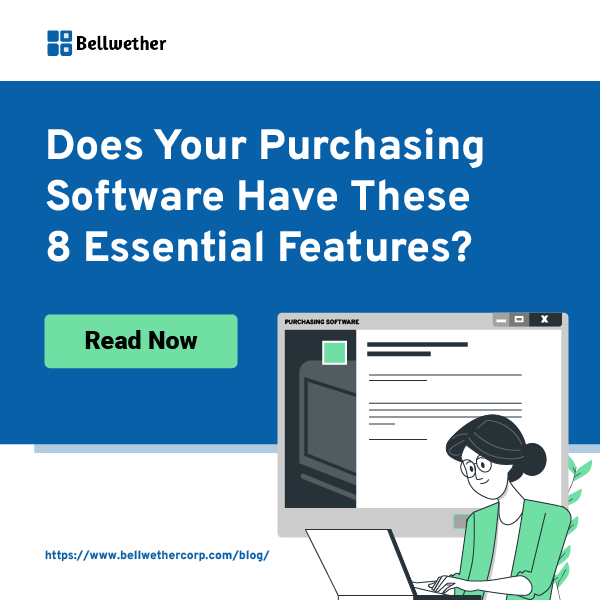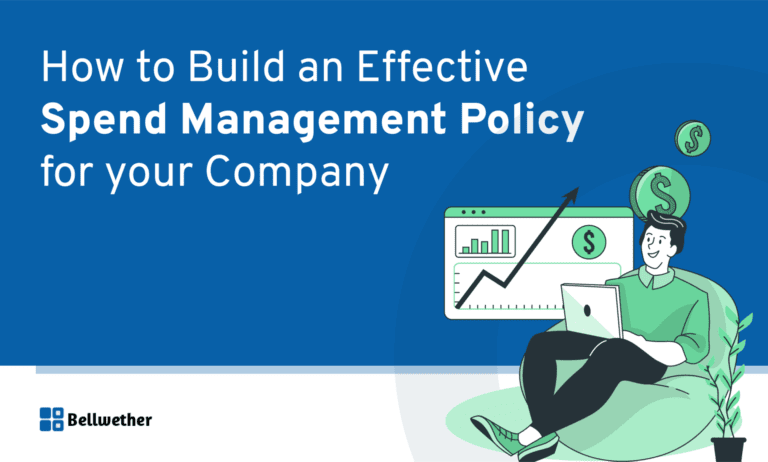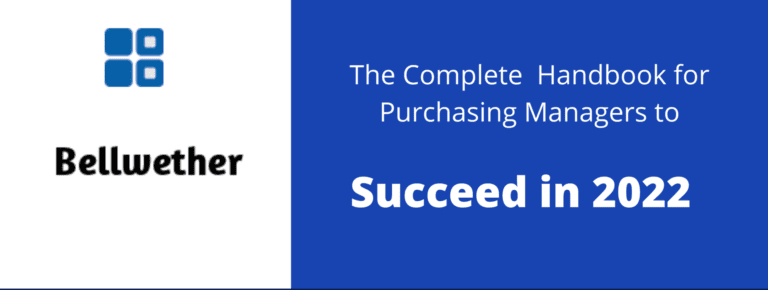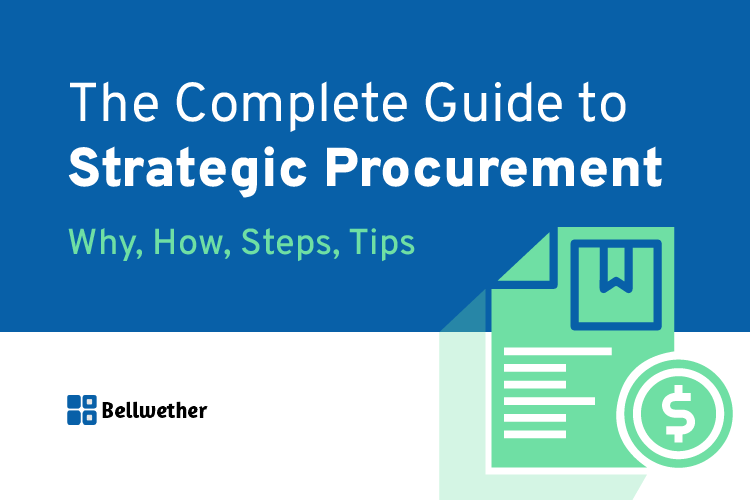Your IT professionals, whether in-house or contracted out, need to communicate and work together with your purchasing team. Supply chain security is very important, especially when your supply chains extend across borders or oceans. You may feel you are doing a good job securing your information, but how is that information secured down the supply chain through every interchange? New levels of sharing and working together between the IT department and the procurement department are essential not only for your business security, but also for our national security.
September 11, 2001, commonly referred to as “Nine-Eleven”, changed our world forever. The terrorist attacks on that day brought about many changes including new security measures in the United States and around the world. On April 16, 2002 the Customs Trade Partnership Against Terrorism (C-TPAT) program was put into place by the U.S. Customs and Border Protection (CBP), part of the Department of Homeland Security.
Millions of cargo containers are delivered into the United States each and every year by plane, train, boat, or truck. C-TPAT is a voluntary partnership between the government and private business to protect supply chains from being utilized by terrorists. Building relationships with the people at every point in that supply chain is an important part of defending and protecting against the illegitimate use of these points of entry.
C-TPAT members have additional requirements they must meet in order to help secure their supply chain. Sound like a lot of work? Asking if it is really worth it? The government knows that C-TPAT members take extra precaution to secure the supply chain so they get bumped up into a preferred status. It is sort of like getting a VIP pass for an amusement park where you get to jump to the front of the line to get on the next ride. As a member, your cargo containers crossing into the United States may not even require an inspection. But when they are, your stuff goes to the front of the line with minimal waiting or delays. All of this results in lower fees and quicker, more efficient delivery of your goods.
If you still have questions, we’d encourage you to check out the US Customs and Border Protection FAQ.






